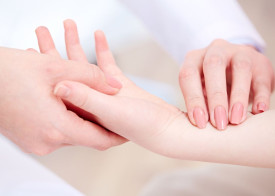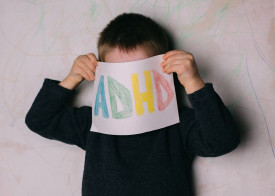
Far more boys than girls are diagnosed with ASD (autism spectrum disorder), yet there are no studies to show boys are more likely to have ASD.
Often, autism in girls presents itself in different ways from boys, resulting in girls receiving a diagnosis much later in life, if at all. This can leave autistic girls navigating through childhood, their teens, and early adulthood, without the support they need.
This may be due to gender bias; the tools professionals use to identify autism, or simply because girls are able to adapt their behaviours easier than boys.
This used to be called masking and is now known as camouflaging.
Girls are great at camouflaging symptoms of ASD
Girls with autism are often better at controlling their behaviours and emotions than boys, particularly in public places. Girls are very adaptive and tend to show more interest in making friends and mimicking socially acceptable behaviours. Over time, girls become particularly good at camouflaging typical autistic traits and behaviours, making it more challenging to get a diagnosis.
Camouflaging behaviour happens when somebody unconsciously hides or tries to disguise their behaviour to fit in with those around them. According to The Child Mind Institute, masking may involve suppressing outbursts, sounds, and uncommon interests, so they fit in with the children around them. Masking can also hide the act of stimming, another sign of autism. Generally, unlike boys, girls tend to feel a need to act like others to avoid judgement, unacceptance or being seen as ‘different’ from their friends.
What happens when girls go undiagnosed?
When girls with autism don’t get a diagnosis, they miss critical support to help them to understand their challenges. This can leave girls feeling very lonely, especially when they get older. Teenage years are difficult for any girl, but those with autism find change particularly uncomfortable. A lack of support can leave girls feeling depressed, anxious, and frustrated, in turn affecting education, friendships, relationships, interests, and self-esteem.
The later you leave a diagnosis, the harder it can be to identify. Some girls get diagnosed with ADHD, which can look similar on the surface. It can take longer to peel away the layers and identify autistic behaviour when somebody has spent years masking their behaviour.
How to get help with a diagnosis
Getting diagnosed as early as possible is as important for girls as it is for boys. If you have any suspicion that your child is showing signs of ASD, it’s critical that you seek a diagnosis to get support as quickly as possible. Your doctor should be able to refer you to a specialist and suggest strategies and guidance to help your child.
If you’ve already received a diagnosis, or are looking for tools to help your child, we have several autism-friendly products such as chewelery and oral therapy tools, SEN resources fidgets and sensory toys. If you’re looking for something specific or need any help with finding resources to help your child, do get in touch.
At Tink n Stink we have years of skin in the game when it comes to autism, and we’d be happy to help.




